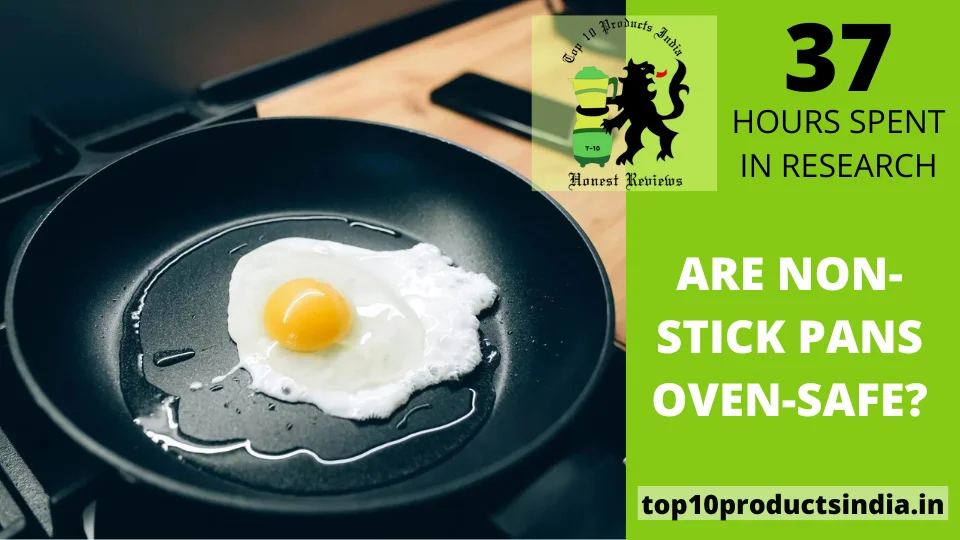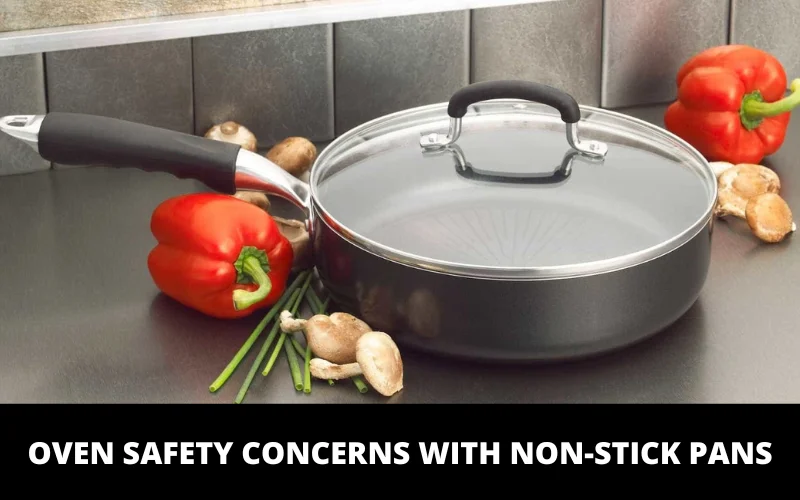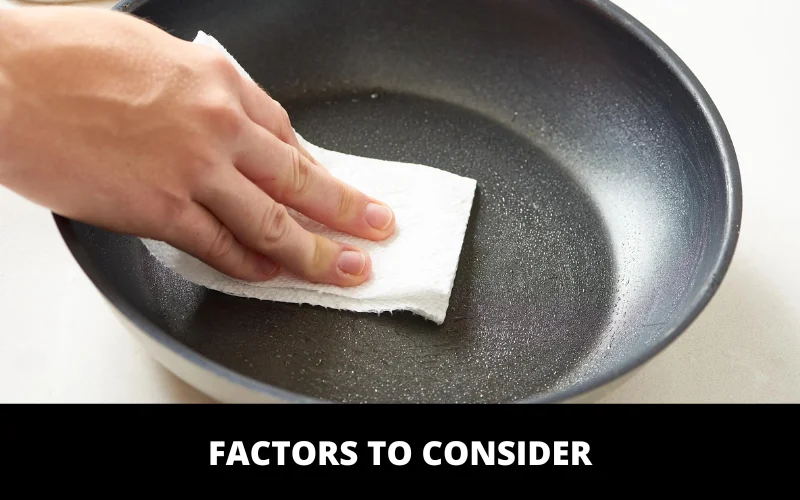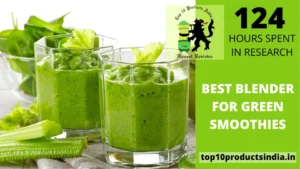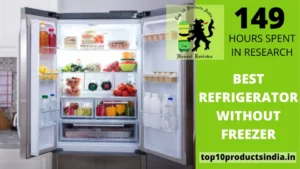Well, as you know, the non-stick pan happens to be one of the most used kitchen utensils in this modern generation due to its simplicity and smoothness. Though, insofar as the non-stick pans are good, most of the time people ask this question like, are non-stick pans oven safe?
Well, the answer is definitely not straightforward because non-stick pans can be good if they are properly taken care of and you as the user follow some precautions while using it.
Well in this article I will be sharing some tips that will help you stay away from potential risk and also some safety guidelines that will help you maintain your non-stick pans in your oven. Let’s go.
What Makes Non-Stick Pans Non-Stick?
Now let’s see what really makes the non-stick pans not stick. However, most users who use this product often don’t really know what it’s made of.
Basically your non-stick pan is made up of some material that brings the smoothness to the surface and also makes it different from other pans, one of which is polytetrafluoroethylene, which is also known as Teflon.
What this really does is that it makes the surface smooth and makes the coating process stay longer to prevent your food from sticking to the pan while cooking.
Oven Safety Concerns with Non-Stick Pans
Now, while we talk about non-stick pans, it’s also important to consider the safety measures and precautions of the oven. Most people still argue that non-stick pans are not suitable for ovens. Well, the reason may be that most of the time, you don’t regulate the temperature of the oven in the right proportion.
Instead you expose it to excessive heat, hence causing the non-stick pans to start releasing harmful substances and also degrade the quality because the coating will now be compromised.
Factors to Consider
Hey, you really need to pay attention to this guideline if you want to maintain your safety while using non-stick pans in your oven.
- Temperature Limitations: Make sure you check the manufacturer’s instructions to know the specific and recommended temperature regulation you should use, as you might damage your pan and oven if it is exceeded.
- Construction Materials: That is one of the most essential factors to also consider before using your non -stick pan into your oven. You must check if the material used in making the pan can stand the chance of resisting high level heat or not.
- Age and Condition: If this is not properly taken care of, it might also affect the safety of your oven due to the fact that the coating condition might be at risk if you have used it for a very long period of time, hence causing a tear to the cost.
How to Determine if Your Non-Stick Pan is Oven Safe
For you to be on the safer side, it’s very important to know whether or not your non-stick pan is oven-safe. Now, let’s go.
- Consult Manufacturer’s Instructions: It’s laughable how most consumers of different products don’t read the manufacturer’s instructions. Instead, they jump into using it. It’s very important to check properly and visit their website to know more.
- Inspect Packaging or Labeling: Never use the pan without checking and inspecting properly. By checking it out, I mean you see the temperature rating and other such important statements.
- Perform a Test: Make sure you perform a test on your pan before using it. You can do this by placing the empty pan in the oven, then gradually decreasing the temperature and thereafter starting to observe the changes that take place.
Risks of Using Non-Oven Safe Non-Stick Pans in the Oven
Some of the risks that come as a result of using non-oven, safe, non-stick pans include:
- Release of Harmful Chemicals: When you expose your pan at a very high temperature that has a seeded denouement prescribed, it will start releasing some toxic fumes and chemicals, hence causing damage to your health.
- Damage to Coating: It has been observed and also confirmed that prolonged exposure of heat will result in non-stick burn in the oven which will start degrading the non-stick coating of the pan.
- Safety Hazards: If the temperature you have subjected the pan to is beyond what it can tolerate, it causes harm and damage to its structure. In other words, it melts the component that helps in the prevention of points.
Alternatives to Using Non-Stick Pans in the Oven
Maybe you have confirmed that your non-stick pan is not safe to use in the oven, so consider the following alternatives.
- Oven-Safe Cookware: You can choose other oven-safe cookware, such as stainless steel, and some of the nice ceramic dishes for either baking or roasting.
- Precautionary Measures: If the pan you are using is non-oven safe, then follow the precautions and the necessary guidelines very strictly.
- Adjusting Cooking Methods: You can start cooking for other means of cooking with your pan without necessarily using an oven. Other alternatives which you can use are your toaster or your fryer.
Tips for Maintaining Non-Stick Pans
If finally you have resolved to use the non-stick pan then these are some of the tips you should follow to ensure lasting safe usage of your pan.
- Avoid High Heat: This should be one of the most important tips you shouldn’t forget. Do not set the heat in a very high degree mode. Make sure it’s just low or medium. This will help keep the pan from degrading its coating.
- Gentle Cleaning: Gentle cleaning. It’s in the sense that you must not clean your non-stick pan very hard.
- Regular Inspection: This involves the physical inspection of your pan, if possible, after or before every meal.
In a nutshell, in order to prevent your non-stick pan from potential risks, make sure it’s dry. You follow the guidelines and the necessary measures you have learned from this article.

